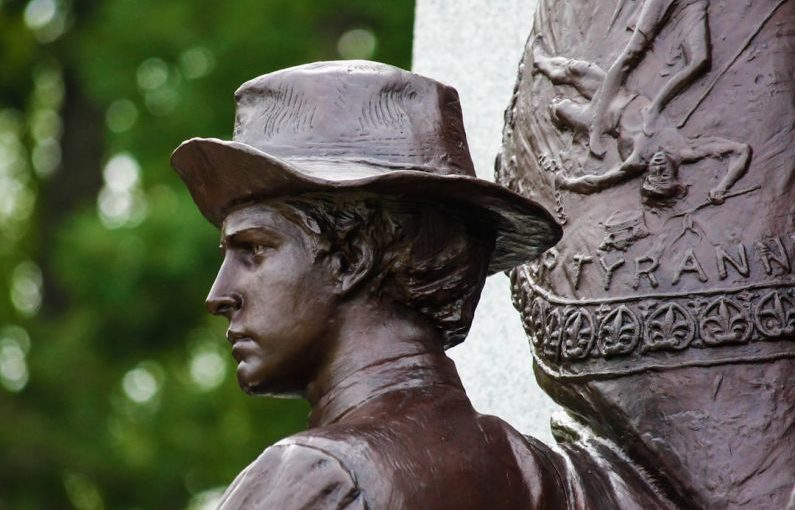Nestled in the picturesque countryside of Pennsylvania lies a place that holds a significant piece of American history – the Battlefields of Gettysburg. This iconic site serves as a poignant reminder of the bloodshed and sacrifice that occurred during one of the most pivotal battles of the Civil War. Today, the preservation of these hallowed grounds is crucial in ensuring that future generations can learn from the past and pay tribute to those who fought and died on these fields.
The Historical Significance of Gettysburg
The Battle of Gettysburg, which took place from July 1 to July 3, 1863, marked a turning point in the Civil War. It was the deadliest battle of the conflict, with an estimated 51,000 casualties on both sides. The Union victory at Gettysburg halted Confederate General Robert E. Lee’s advance into the North, ultimately shifting the momentum of the war in favor of the Union forces.
The battlefield itself is a vast expanse of rolling hills, rocky outcroppings, and open fields, each with its own story to tell. From the iconic landmarks like Little Round Top and Cemetery Ridge to the lesser-known sites where fierce fighting took place, every inch of Gettysburg is steeped in history.
Preserving the Legacy of Gettysburg
The National Park Service, in partnership with various historical organizations and preservation groups, plays a crucial role in maintaining and protecting the Gettysburg battlefield. Through dedicated efforts in land conservation, restoration of historic structures, and interpretation of the site’s significance, these organizations work tirelessly to ensure that the legacy of Gettysburg is preserved for future generations.
One of the most significant preservation efforts at Gettysburg is the restoration of the battlefield to its 1863 appearance. This involves removing modern developments, such as roads and buildings, that have encroached on the historic landscape over the years. By returning the battlefield to its original state, visitors can gain a deeper appreciation for the terrain and conditions faced by the soldiers who fought there.
Interpreting the Past
In addition to physical preservation efforts, interpreting the history of Gettysburg is vital in helping visitors understand the significance of the battle. The Gettysburg National Military Park Museum and Visitor Center offers a wealth of exhibits, artifacts, and interactive displays that bring the story of Gettysburg to life.
Visitors can explore the museum’s collection of Civil War-era weapons, uniforms, and personal items, gaining insight into the daily lives of soldiers on both sides of the conflict. Interactive exhibits allow visitors to experience the sights and sounds of battle, providing a visceral understanding of the challenges faced by those who fought at Gettysburg.
Honoring the Fallen
At the heart of the Gettysburg battlefield lies the Soldiers’ National Cemetery, where thousands of Union soldiers are interred. The cemetery is home to the iconic Soldiers’ National Monument, dedicated to those who gave their lives at Gettysburg. Each year, thousands of visitors come to pay their respects at this solemn site, reflecting on the sacrifices made in the name of freedom and unity.
Looking to the Future
As we move further away from the events of the Civil War, the preservation of sites like Gettysburg becomes increasingly important. By safeguarding these historic landmarks, we ensure that the lessons of the past are not forgotten and that future generations have the opportunity to learn from the struggles and triumphs of those who came before us.
Conclusion: A Living Legacy
The Battlefields of Gettysburg stand as a testament to the courage, sacrifice, and resilience of those who fought in one of the defining moments of American history. Through ongoing preservation efforts and thoughtful interpretation, we can keep the legacy of Gettysburg alive for years to come. It is not just a battlefield; it is a living reminder of the price of freedom and the enduring spirit of a nation united.





